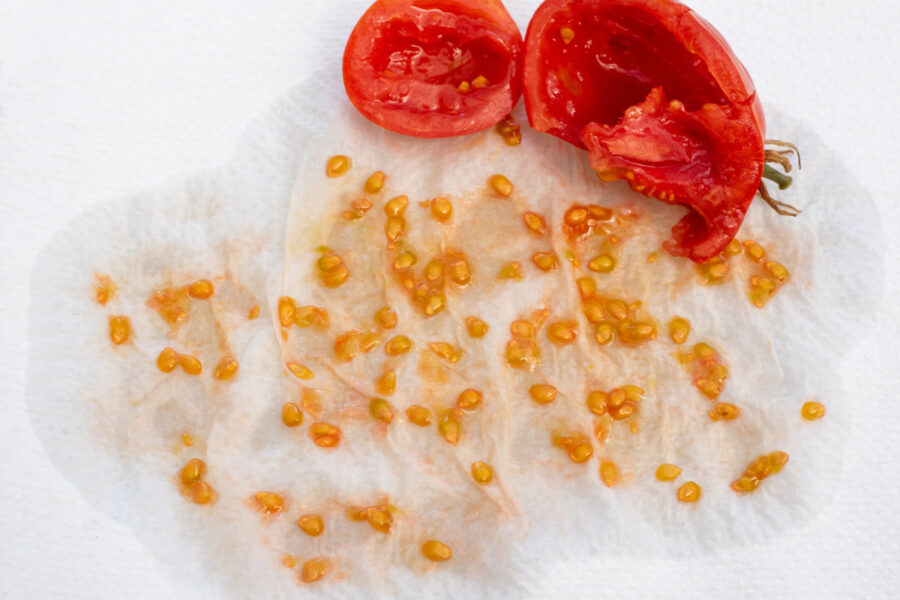Keep collecting seeds, but be careful which ones you choose
Part of the fun, and economy, of gardening is saving our own seeds. A slight obstacle though is that not all seeds give the same results as their parents. Most will, but we have to be careful of some, especially F1s (where two different varieties were crossed to give a much improved hybrid). F1 seed will be marked as such on the packet so you can look back and check.
Sweetcorn is a fine example. It’s very easy to save the seed, and if it’s kept cool and dry it usually germinates. However as almost all modern sweetcorn varieties are highly bred F1’s , their seed then seldom gives plants or crops anywhere near as good as ‘new’ seed. So do check before you go to home save.
All cucurbits; squashes, marrows, courgettes, pumpkins, and others, are promiscuous outbreeders, seldom ever producing seed that will come true-to-type if any other variety from the same family is flowering anywhere in the vicinity. However, you could bag for cover flowers before they open, then hand pollinate the females with male flowers in controlled conditions if you wanted to. You just need to keep the pollinators from spreading the ‘wrong’ pollen from plant to another in which case.

Easy peasy seed saving
Peas and French bean seed always grow true, while broad and runner beans can cross, but are generally fine if varieties are not growing too close. As these are large, heavy seeds they tend to cost more to buy, so are the most worthwhile saving. Simply dry them thoroughly and keep them in a cool, dark and dry place until spring. Somewhere rodent-proof; a wood, thick plastic or tin box, in a drawer in a shed or unheated garage works fine, even better if some silica-drying-gel bags are kept with the seeds.
Tomatoes, sweet and hot peppers and chillies are likely to come mostly true if they are not F1 seeds, and are easy to save. Some ferment the seeds in the pulp first, though it seems this is not necessary, I just tease them out of the pulp and dry on tissue paper.

Other home-saved options
The likes of carrot, turnips, swedes, parsnips, beets, chards, leeks and others are also fairly easy to save seeds from. They do technically cross (or outbreed), and many are biennials but you can end up with some interesting and viable results. Do save from the best quality plants and e.g. not the plant that bolted early, or you’ll produce seed that tends to bolt.
Most herbs are obliging, straightforward and come true, though annoyingly you always get far more successful germination and better plants when you let parsley and purslane self seed than if you carefully do the job properly.
Many ornamental garden flowers come true, indeed some such as pot marigolds may hybridise but that barely matters anyway. An easy method is to tape a paper bag over a fine specimen of a ripening seed head, when ripe, detach and always write the name on the bag before storing.
Finally, do not overlook any unused packets of bought seed, as if these have been opened but are carefully re-sealed they may remain viable for a few years. If packets have not been opened most almost certainly stay good. Now do not forget to make a note of what you do need to buy anew, and get that order in before the rush so you don’t miss out.
Find more tips, advice and articles like this at the Amateur Gardening website. Subscribe to Amateur Gardening magazine now





